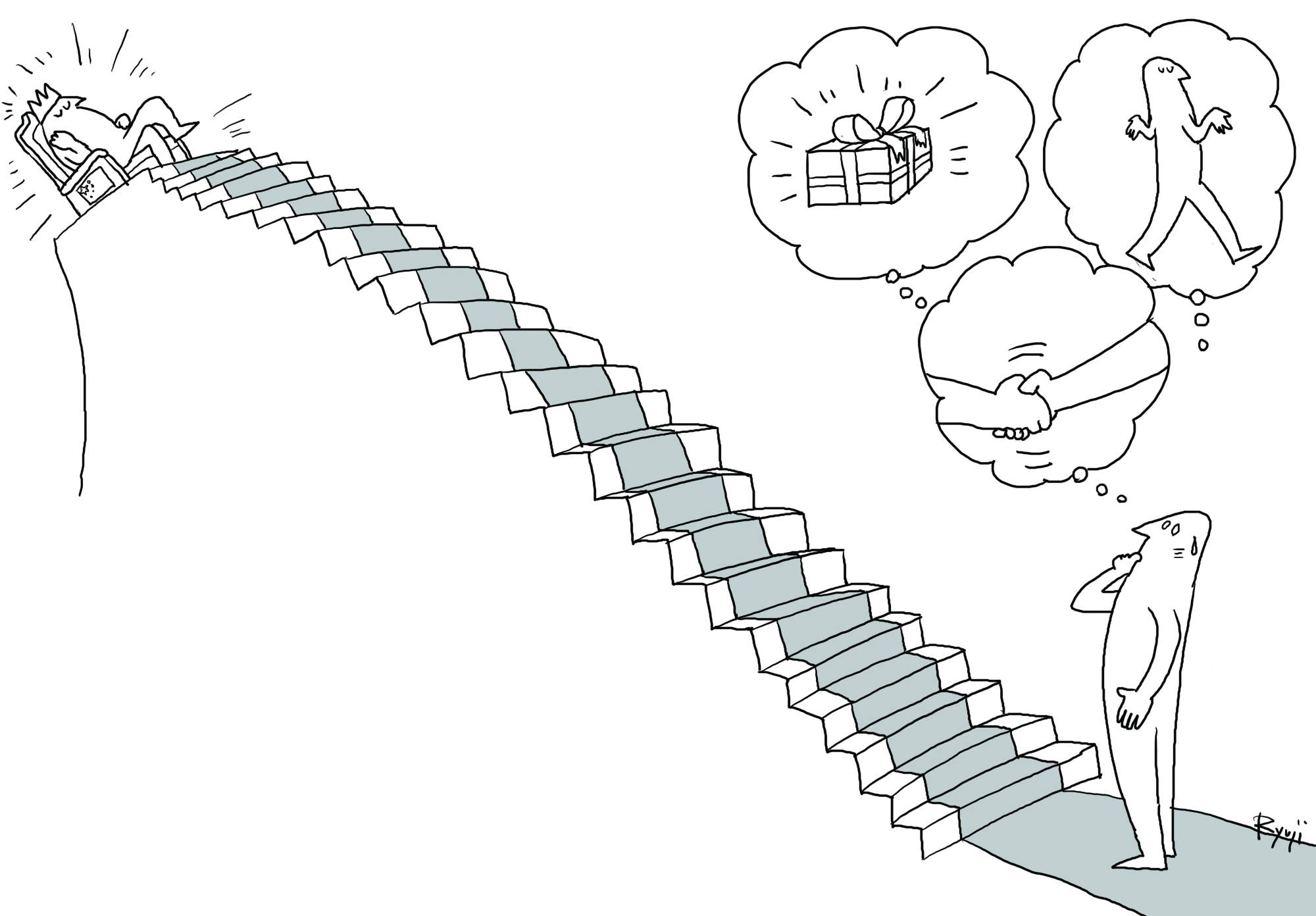There is an old Chinese proverb to the effect that the monarch needs to be careful about his facial expressions because his subordinates will be watching his every smile or frown for signs of his mood. Whether or not Chinese President Xi Jinping keeps that in mind, whatever expressions he shows on his face at his meetings with Japan's prime minister serve the important function of telling the Chinese people where Sino-Japanese relations stand at the moment.
At the photo session at the outset of his sixth meeting with Prime Minister Shinzo Abe at Da Nang, Vietnam, on Nov. 11, Xi flashed a smile. This represented a major change from their first encounter three years ago in Beijing on the sidelines of the Asia Pacific Economic Cooperation summit, at which Xi did not even look Abe in the eye, remained grouchy throughout their meeting, and did not permit the hoisting of the two countries' national flags. The 45-minute meeting in Da Nang was held in a friendly atmosphere, as they congratulated each other for being re-elected and confirmed efforts to improve bilateral ties.
This change of attitude on the part of Xi may have puzzled some, since Tokyo and Beijing have two major pending issues with no clear sign of rapprochement from either side. One is China's territorial claim over Japan's Senkaku Islands in the East China Sea, where Chinese government ships have repeatedly encroached on Japanese territorial waters around the islands. Air Self-Defense Force jets continue to frequently be scrambled against approaching Chinese military aircraft in the area. The other is their divide over wartime history, as represented by Beijing's protest against visits by Japanese political leaders to Yasukuni Shrine in Tokyo, where Class-A war criminals are enshrined.


















With your current subscription plan you can comment on stories. However, before writing your first comment, please create a display name in the Profile section of your subscriber account page.